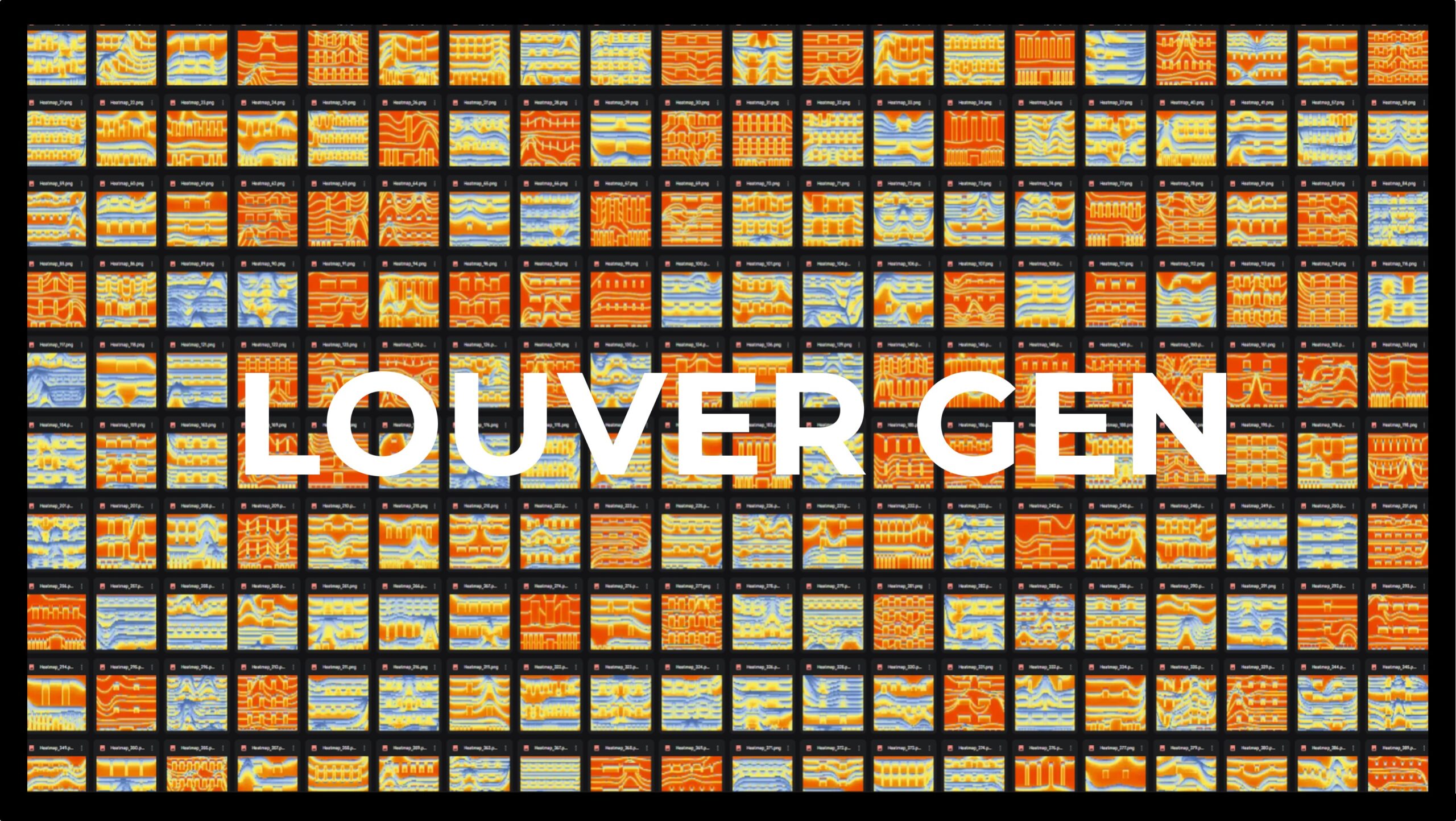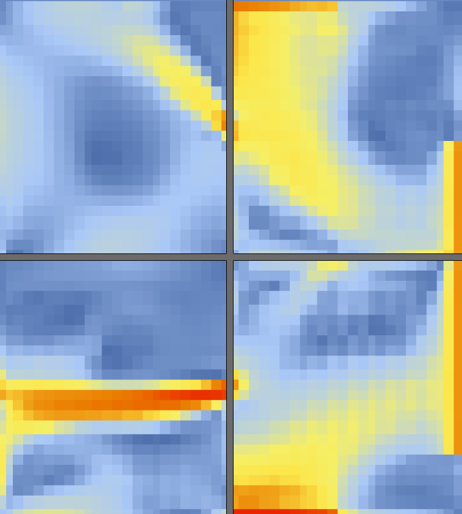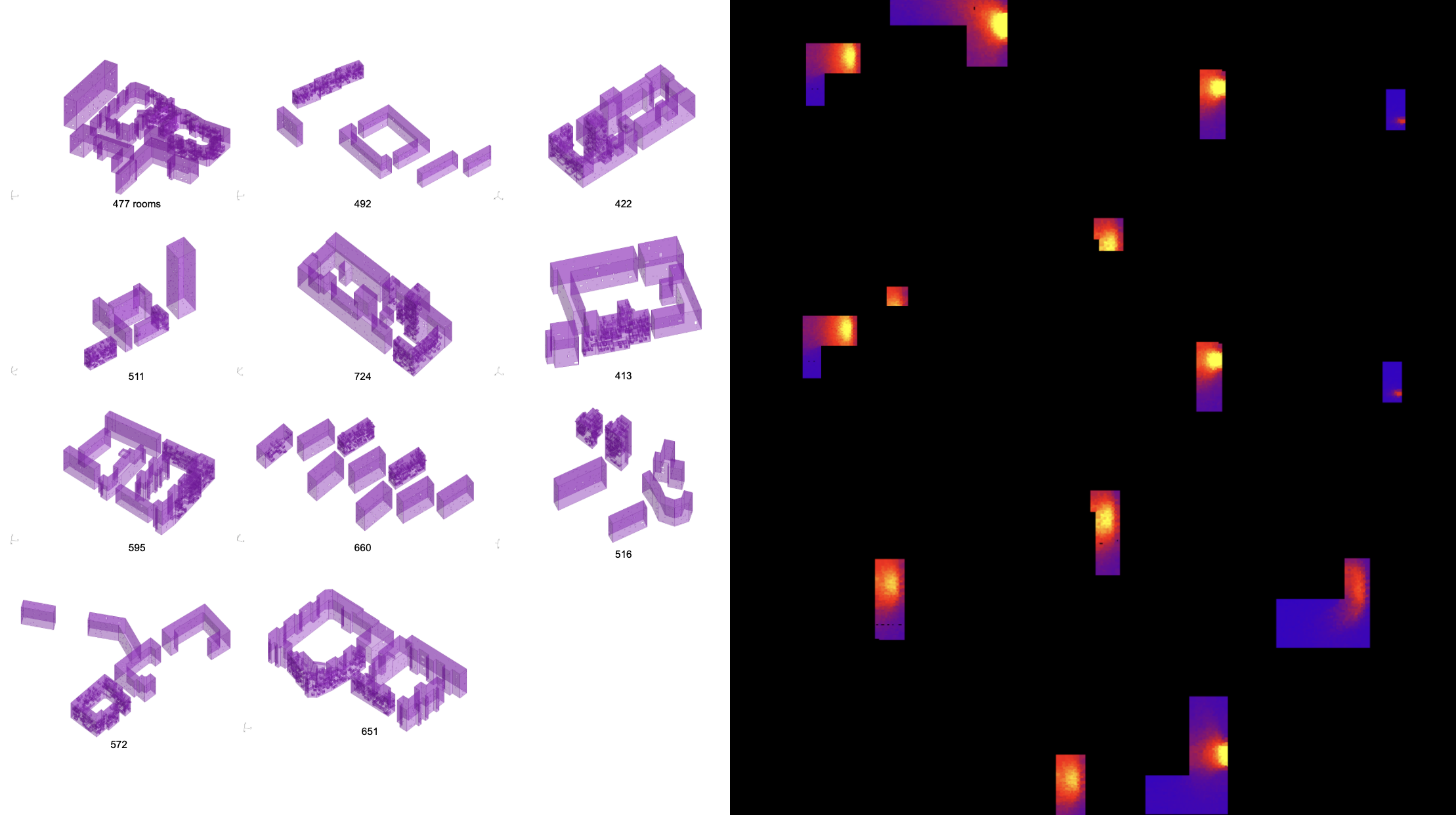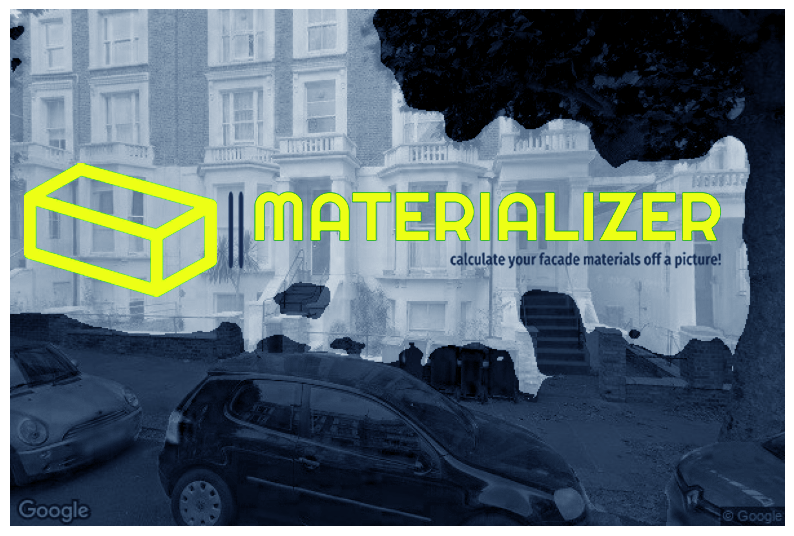Impact of Roof features and Materials on the Roof Albedo
Roof albedo, the measure of a roof’s reflectivity, significantly impacts urban heat islands, energy consumption, and overall building efficiency. This study aims to analyze how different roof features and materials affect roof albedo in Copenhagen using machine learning techniques. Extreme heat events are rising globally and projected to increase in frequency and intensity, posing a … Read more











